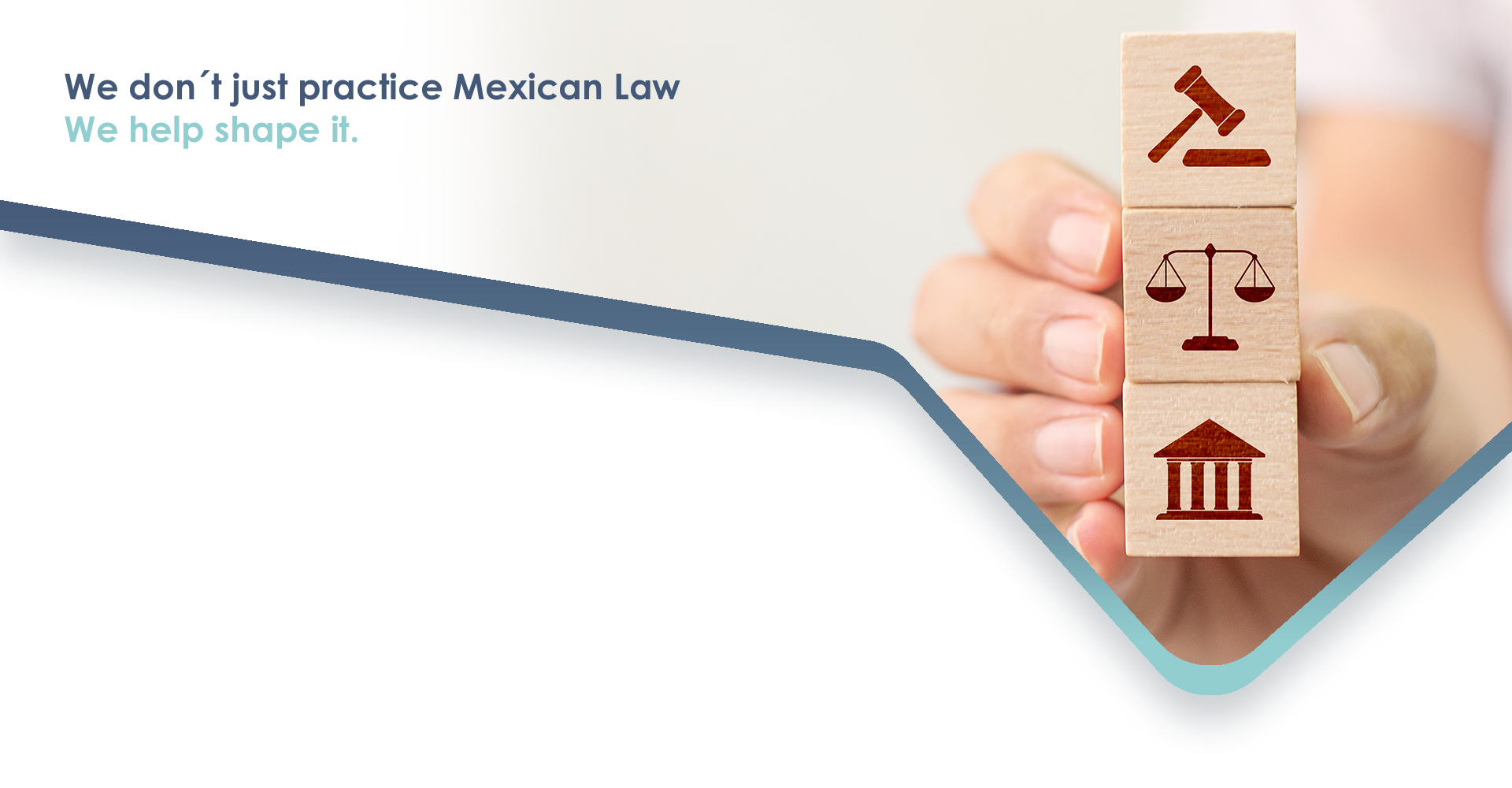
Language:
Second-Use Patents and the New Mexican IP Law
January 14, 2021
By Yolanda Aguirre | Wed, 09/23/2020
In July 2020, the new Mexican Federal Law for the Protection of Industrial Property was published in the Official Gazette of the Federation. This new law is expected to enter into force on Nov. 5, 2020.
Originally, several proposals and drafts were considered. One was related to second-use patents. The proposed amendment to Article 48, was the inclusion of the term “uses,” as follows: “Products, processes and uses in all fields of technology will be patentable” (…)
The final version of the new IP law did not incorporate the term “uses” in Article 48, which remains as: “Inventions in all fields of technology will be patentable.” During the discussions to pass the law, it was mentioned that new uses are already included in the concept of invention, thus new uses are covered if they fulfil the requirements of novelty, inventive steps and industrial applicability.
In addition, the term “uses” in the new IP law was established in Section I of Article 45 and Section VIII of Article 47, as shown below:
Article 45.- For the purposes of this Chapter, it shall be understood as:
I.- New, everything that does not form part of the state of the art. It will not be excluded from patentability to any substance, compound or composition included in the state of the art, as long as that use is new;
Article 47.- They will not be considered inventions, in particular:
VIII. juxtaposition of known inventions or mixtures of known products, or alteration of the use, form, dimensions or materials thereof, except where in reality they are so combined or merged that they cannot function separately or where their particular qualities or functions have been so modified as to produce an industrial result or use not obvious to a person skilled in the art.
The granting of patent protection for second medical uses provides an incentive for research and development of medicines for unmet medical needs. This granting also allows further investments in the pharmaceutical industry. Therefore, the recognition, protection and enforcement of second medical use patents is important for innovation in biotechnology.
A second or further medical use for a known compound also represents an effective strategy because it facilitates the discovery of new classes of medicines, has lower marketing costs and reduces the time to reach the market. The economic benefits of second medical uses are also related to the acknowledgment of drug safety and manufacturing processes.
Another technical advantage of the second medical use patents is that of the possibility of combinations of known compounds with other drugs in treatments that are more effective than monotherapy. In this sense, there are many combinations of medicaments in the market that have a greater therapeutic effect than the administration of each compound alone. Further, the discovery of a second medical use for a known compound also encourages researchers to elucidate new mechanisms of action, and to perform virtual screening of novel compounds that share common elements with the known compound.
An example of a second medical use is that of a drug that was originally designed to treat pulmonary arterial hypertension. This drug was shown to have therapeutic effects for the treatment of erectile dysfunction, which were discovered in Phase 1 clinical studies. FDA registration in 1998 was followed by the development and approval of a group of drugs that resulted in a new, worldwide, revolutionary area for human health and the pharmaceutical industry. This invention also resulted in a watershed for the social and economic fields.
Another example of a known compound with a second medical use was that of a compound originally synthesized for the treatment of cancer caused by oncogenic retroviruses by 1960. This compound is a nucleoside analog designed to intercalate between DNA bases in tumor cells and interfere with cellular functions. However, the compound did not show any activity against tumor cells in a murine model of leukemia. Surprisingly, after virtual screening campaigns performed two decades later, this nucleoside analog emerged as a treatment for the acquired immune deficiency syndrome (AIDS). The new medical indication for this already known compound was also a watershed for millions of people suffering from HIV infection.
Currently, the urgency to find effective and safe drugs for the treatment of the current pandemic, COVID-19 caused by the SARS-CoV-2 virus, also represents an opportunity for recognizing at IMPI the possible usefulness of drugs with a possible second therapeutic effect. This strategy is probably one of the practical options for facing this global challenge: an already existing drug that could be repurposed to treat COVID-19. Hence, this example also illustrates the value of second medical use patents.
Therefore, further inclusions should be incorporated in the regulation of the new IP law to materialize the protection of second or further uses, especially in the patent linkage system.
About the author: Yolanda Aguirre is part of the Life Sciences group at Olivares’ litigation department. She has an interdisciplinary background in molecular biology, structural biology, biochemistry and medicine. Yolanda completed postdoctoral studies at UNAM’s Institute of Cellular Physiology where she gained extensive experience in molecular biology.
Life Sciences Focused Articles
- Legal Q&A – Pharma Boardroom January 20, 2018
- Commercialisation of Healthcare in Mexico: Overview September 20, 2017
- Practical Law’s Commercialisation of Healthcare Global Guide January 25, 2018
- Product regulation and liability in Mexico January 14, 2021
- Life Sciences IP Review Bio 2017 edition January 25, 2018
- Current Conditions of Use Claims in the Pharmaceutical Sector in Mexico April 1, 2013
- Exceptional Measures for Exceptional Times January 14, 2021
- Pharmaceutical IP and competition law in Mexico: overview September 3, 2019


